Gimjinmoksam (김진목삼)
908.3M 2021-03-23
51, Jahamun-ro, 1-gil, Jongno-gu, Seoul
+82-2-929-2929
This is a place where the staff directly grills pork that has been certified by Handon. This Korean dishes restaurant is located in Jongno-gu, Seoul. The representative menu is grilled pork shoulder.
Boutique Duty Free de Donghwa (동화면세점)
911.1M 2021-02-19
149, Sejong-daero, Jongno-gu, Seoul
+82-2-399-3000
La boutique hors taxe Donghwa vous propose les meilleures marques du monde entier choisies par sa propre équipe d’achat. Vous pouvez y acheter des nouveautés telles que parfums, cosmétiques, accessoires, maroquinerie, haute couture dans une même boutique. Cette boutique vous propose des marques connues coréennes et étrangères aussi bien que des produits d’artisanat de plusieurs pays.
- Quand acheter : 5 heures avant le départ
- Documents requis : passeport, billet d’avion
- Paiement accepté : won coréen, dollar américain, yen japonais, cartes de crédit
- Livraison : prenez un ticket d’échange à la boutique lors de votre achat et recevez le produit au centre de retrait des produits hors taxe qui se trouve dans le hall de départ de l'aéroport.
- Pour changer l’heure de départ : prévenez la boutique à l’avance
Les marques
CARTIER, SALVATORE FERRAGAMO, GUCCI, HERMES, H.WORLD. LOEWE, LOUIS VUITTON, PRADA, BURBERRY, COACH, DUNHILL.
- Centre du service clients DFS Japon, Tel) 81-476-33-1911
- Centre du service clients DFS Corée, Tel) 02-732-0799
Machyomara (마쵸마라)
914.8M 2021-03-22
5, Jong-ro, 8-gil, Jongno-gu, Seoul
+82-2-737-8886
A place selling maratang (mala soup), which is popular among Koreans who like spicy food. The best menu at this restaurant is mala soup. This Chinese (cuisine) restaurant is located in Jongno-gu, Seoul.
Haeunjae [Korea Quality] / 하은재 [한국관광 품질인증/Korea Quality]
916.0M 2024-12-27
68-10, Jahamun-ro, Jongno-gu, Seoul
Haeunjae (下隱齋), meaning “hermit’s residence,” is a hanok (traditional Korean house) residence located in Seochon Hanok Village, near Gyeongbokgung Station on Seoul Subway Line 3. It is dedicated to the ideal of “movies and rest,” and takes after the characteristic form of modern hanok with a small courtyard. The entire house is rented out at once, with a queen bedroom, kitchen, movie room, and two restrooms. Up to 4 guests can reserve the house, with each additional guest above the standard of 2 having access to additional bedding.
The movie room is furnished with a Bose sound system, beam projector, and screen, along with a mobile foot bath. The kitchen is equipped with a refrigerator, hand drip coffee maker, toaster, electric kettle, and utensils. A 10% discount is available for guests staying for more than 2 nights on weekdays, and towel replacement and cleaning services are offered for guests staying for more than 3 nights.
The residence is located close to tourist sites like Tongin Market, Gyeongbokgung and Changdeokgung Palaces, and Samcheong-dong area.
Festival de l’art et de la culture coréens d’Insa (인사전통문화축제)
925.7M 2021-03-26
Insa-dong, Jongno-gu, Seoul-si
- Ligne Info Tourisme : +82-2-1330 (coréen, anglais, japonais, chinois) - Pour obtenir plus d'info : +82-2-731-1161 (coréen)
La rue d’Insa-dong, classée district culturel en avril 2002, est un haut lieu de tradition et de culture avec ses nombreuses galleries d’art, antiquaires et boutiques de livres anciens. Le festival de l’art et de la culture coréens d’Insa-dong est de plus en plus apprécié pour ses manifestations mettant en valeur les particularités d’Insa-dong. Le festival de l’art et de la culture coréens de Insa, sponsorisé par la Société pour la préservation de la culture et des traditions de Insa, fête cette année ses 20 ans.
Programme des manifestations :
Depuis ses débuts en 1987, les attractions et spectacles du festival de l’art et de la culture coréens de Insa a largement contribué à faire connaître Insa-dong comme un lieu incontournable de la culture et de la tradition. Le festival perpétue l’héritage prospère d’Insa-dong et permet aux visiteurs de participer à diverses activités. Deux festivals permettent de fignoler l’image d’Insa-dong comme rue des galeries d’art : Le festival des antiquités d’art expose des céramiques, des peintures anciennes rares, des objets populaires en bois ; et les merveilles de l’art contemporain sont mises en scène lors du festival de l’art moderne. .
De nombreuses autres manifestations passionnantes apportent au visiteur une bouffée de la Corée de jadis : la seconde présentation d’un mariage coréen traditionnel, l’ancienne parade du chef de la police appelée Pododaejang, un concert de Gayageum pour chanter en choeur, du Samullori, la danse pour la paix Taepyeongmu, la danse des Gisaengs Gyobangmu, un concert de chants folkloriques, etc. .
Durant le festival, les visiteurs peuvent s’initier à tous les aspects de la culture coréenne : des ateliers permettent de découvrir la céramique et la fabrication d’objets à partir de paille, de tracer au pinceau des préceptes familiaux, de peindre des portraits de famille, et de piler la farine de riz selon la méthode traditionnelle. Mais c’est la braderie surprise d’antiquités qui remporte le plus grand succès. On peut y acheter des antiquités pour seulement 10 000 wons environ. C’est une opportunité exceptionnelle pour acquérir de très beaux objets anciens à un prix intéressant, et c’est possible uniquement durant le festival Insa.
A la une du festival : On trouve pas moins de 362 biens culturels aux alentours d’Insa-donc, parmi lesquels des anciens palais royaux, des sanctuaires ancestraux, des autels dédiés aux divinités d’Etat, le temple bouddhiste de l’ordre de Jogye, le parc de Tapgol, le pavillon de la cloche de Bosingak et la porte de Heunginjimun, aussi les visiteurs peuvent découvrir des hauts lieux de l’histoire coréenne tout en profitant du festival.
Insa-dong est également appréciée des touristes pour ses multiples spectacles, distractions et restaurants réputés. Ne manquez pas non plus à proximité la rue de la jeunesse à Gwancheol-dong, le centre commercial des instruments de musique à Nagwon-dong et la rue des restaurants de Haejangguk (une soupe souveraine contre la gueule de bois) à Cheongjin-dong.
RADOST (라도스트)
925.6M 2021-03-22
17, Ujeongguk-ro, 2-gil, Jongno-gu, Seoul
+82-2-734-8945
A restaurant frequented by office workers in Jongno after work. The best menu at this restaurant is deep-fried and braised boneless chicken. This Korean dishes restaurant is located in Jongno-gu, Seoul.
CAFE Jongrosijang (CAFE종로시장)
933.9M 2021-03-19
10, Ujeongguk-ro 2-gil, Jongno-gu, Seoul
+82-2-732-1452
It sells American pancakes. The best menu at this restaurant is pancakes. This is a cafe located in Jongno, Seoul.
Hanok Guesthouse Dongchonchae [Korea Quality] / 한옥 게스트하우스 동촌재 [한국관광 품질인증/Korea Quality]
937.9M 2021-03-26
21-10, Jahamun-ro 11-gil, Jongno-gu, Seoul
Built in 1939, Dongchonchae was designated as Seoul Well Hanok by the Seoul Metropolitan City in 2016. In 2020, this hanok (traditional Korean house) received the Certificate of KOREA QUALITY from the Korea Tourism Organization in the Heritage Hanok field in recognition of its historicity and quality of services. Dongchonjae is located in the western side of Gyeongbokgung Palace, at Seochon. When one passes through its main gate, one sees the yard, with anchae (women's quarters), sarangchae (men's quarters), and byeolchae (detached quarters) surrounding the plot. Anchae has four rooms, daecheong (wood-floored main hall), a kitchen, and a restroom. One of the rooms is used for tea ceremonies as well. Outside of the sarangchae and byeolchae, which are the living spaces for the owners, visitors have free access to the numaru (raised open floor) and the yard. The anchae’s rooms “Bom” and “Yeoreum” can accommodate 2 to 3 adults each, while the rooms “Gaeul” (Tea Room) and “Gyeoul” are optimal for two. The building is rented out as a whole, so no more than one group may stay in the building at any given time. Standard occupancy is four persons, and eight is the maximum number. There are two restrooms, one within the anchae building, one out in the backyard.
Cooking is not allowed in the kitchen, but guests are free to bring in outside food. Experience programs on offer include nighttime exploration of Seoul City Wall, tea ceremony, folk songs, and rice cake making. Additional payment is only required for rice cake making. Guests may choose between two types of complimentary breakfast: Korean, which comes with rice, soup, and three side dishes; and Western, which comes with bread, salad, and coffee. There are a 100-in screen and mini projector for film watching in the yard or daecheong. Towels, toiletries, hair dryer, bottled water, traditional tea, and capsule coffee are included. The kitchen is equipped with kitchen utensils, a microwave, and a coffee pot, enough for instant foods. Guests also have access to refrigerator and washing machine
Samwon Ilsik (삼원일식)
941.1M 2021-04-01
32, Mugyo-ro, Jung-gu, Seoul
+82-2-777-3680
This is a Japanese cuisine located in Cheonggyecheon Stream, Seoul. This restaurant is one of Mugyo-dong's best kept secrets. The best menu at this restaurant is codfish stew.
Bukchonmaru hanok guesthouse [Korea Quality] / 북촌마루한옥게스트하우스 [한국관광 품질인증]
945.0M 2020-09-10
152, Changdeokgung-gil, Jongno-gu, Seoul
+82-10-3253-8751
Bukchonmaru Hanok Guesthouse is located between “Bukchon Views 2 and 3” on a hill in Bukchon Village in Seoul. This two-storied hanbok building with a terrace, which is rarely found among other hanok structures in the area, offers a splendid view of Seoul. In particular, the summit of a hill next to the main gate of Choong Ang High School where the guesthouse is situated is known as the filming location for the famous Korean TV series Winter Sonata (2002). When you open the main gate and go up to the first floor, a small yard is seen with a group of jars on one side. After entering the sliding door through the yard, there is daecheong maru (main floored room) that features the doors opening in all directions and a high ceiling with rafters, making the space open and cozy. The hanok building consists of two floors – the ground floor is equipped with special furniture, a jar table and a log chair made by the owner, and on the first floor are guestrooms comprised of one large room and two small rooms. The neat and clean rooms are designed in a simple way and have lovely bedding with the pattern of five cardinal colors. Its staff members can speak English and Chinese to communicate with guests from other countries. Every morning, guests engage in animated conversation while enjoying a Korean home-style breakfast prepared by the owner in a friendly atmosphere. After having breakfast, if guests want, they can try on traditional Korean clothes (hanbok) and take photographs inside and around the guesthouse to create interesting memories. The guesthouse also provides a hanbok rental service (KRW 30,000 for a day) and tourists wearing traditional Korean clothes can enter both Changdeokgung Palace and Gyeongbokgung Palace, which can be reached on foot within 10 to 15 minutes, free of charge. Moreover, guests can enjoy an open view of the area including Gahoe-dong, Gye-dong and even the lights of the Namsan Seoul Tower at night from the roof top.
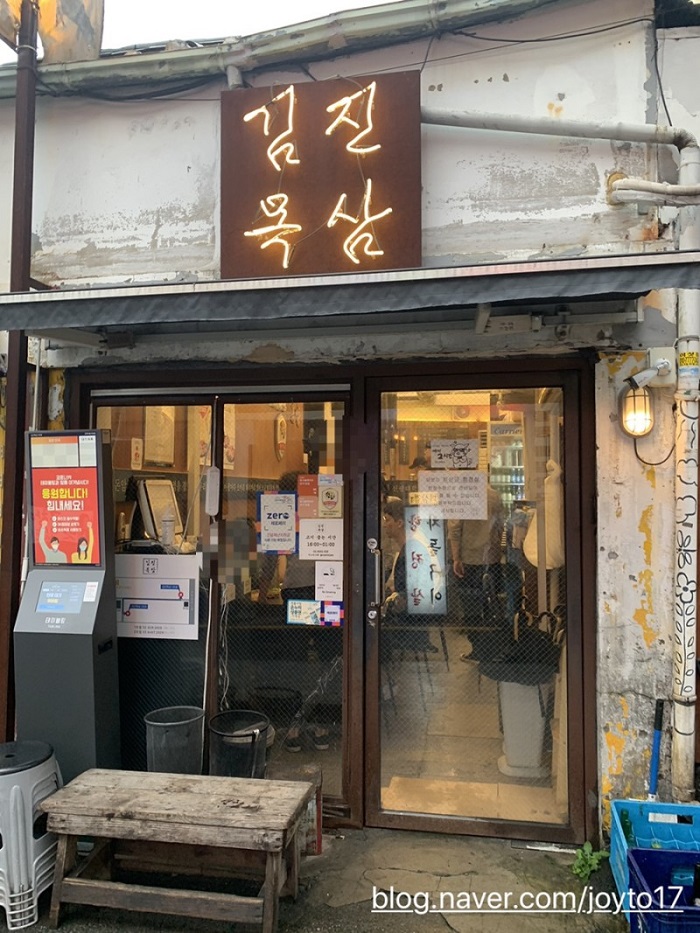
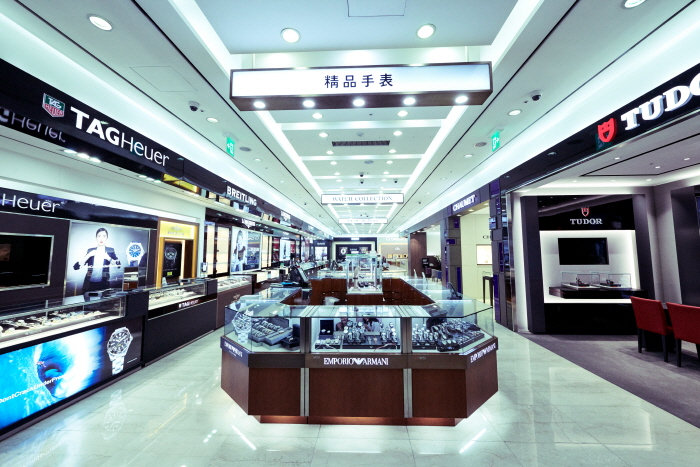
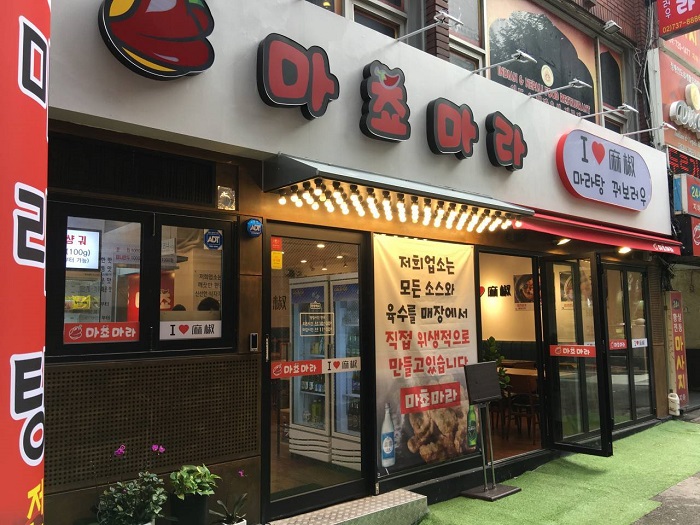
![Haeunjae [Korea Quality] / 하은재 [한국관광 품질인증/Korea Quality]](http://tong.visitkorea.or.kr/cms/resource/88/2707588_image2_1.jpg)

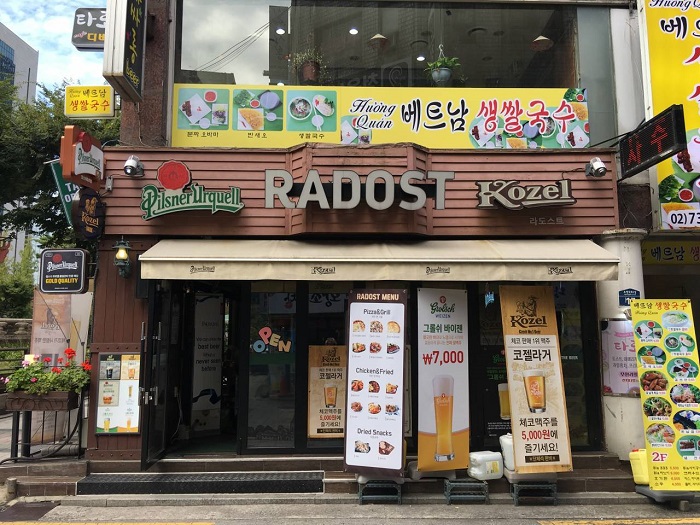
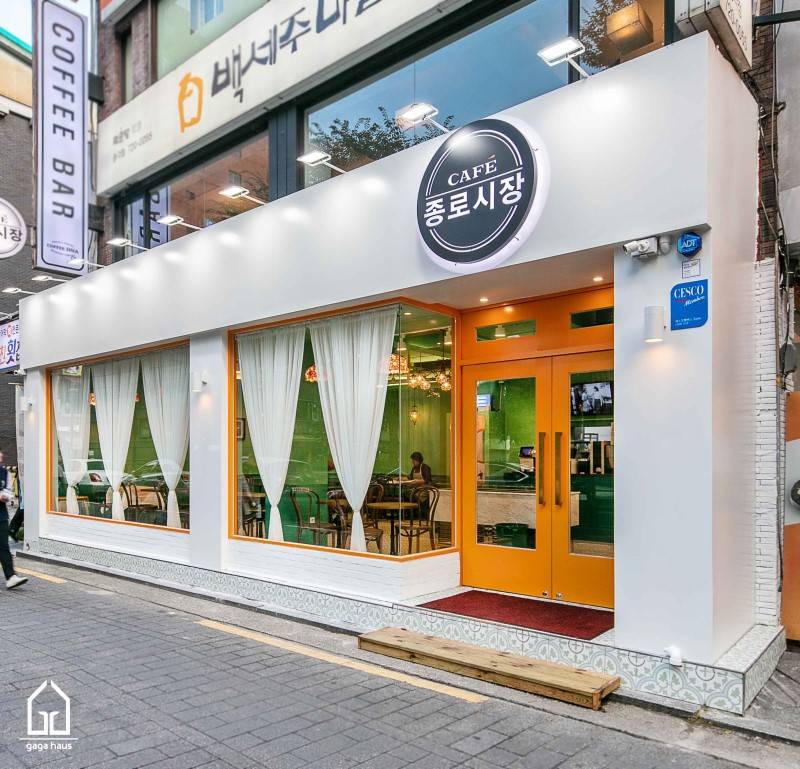
![Hanok Guesthouse Dongchonchae [Korea Quality] / 한옥 게스트하우스 동촌재 [한국관광 품질인증/Korea Quality]](http://tong.visitkorea.or.kr/cms/resource/96/2705896_image2_1.jpg)
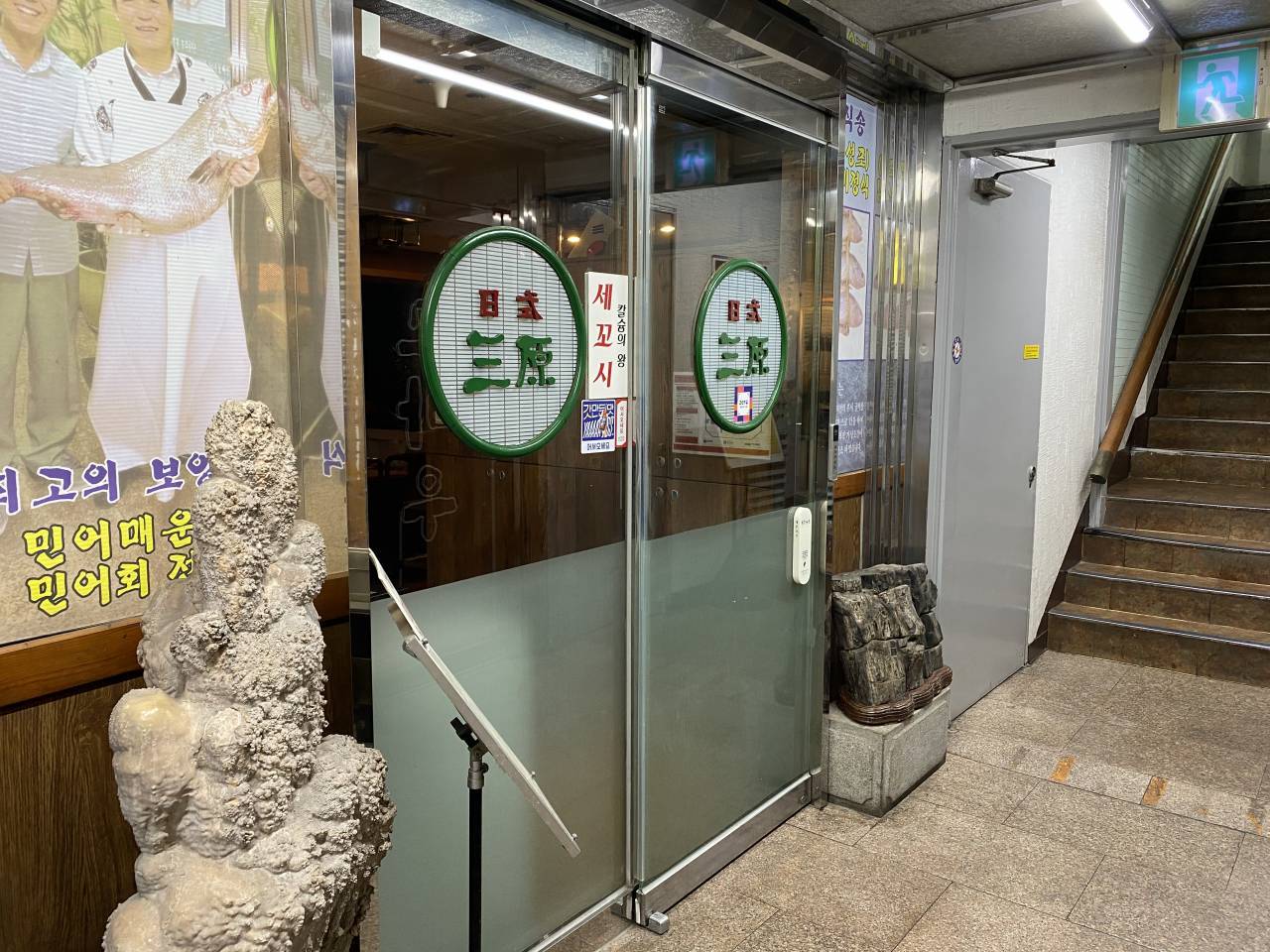
![Bukchonmaru hanok guesthouse [Korea Quality] / 북촌마루한옥게스트하우스 [한국관광 품질인증]](http://tong.visitkorea.or.kr/cms/resource/32/2574032_image2_1.jpg)
 Français
Français
 한국어
한국어 English
English 日本語
日本語 中文(简体)
中文(简体) Deutsch
Deutsch Español
Español Русский
Русский